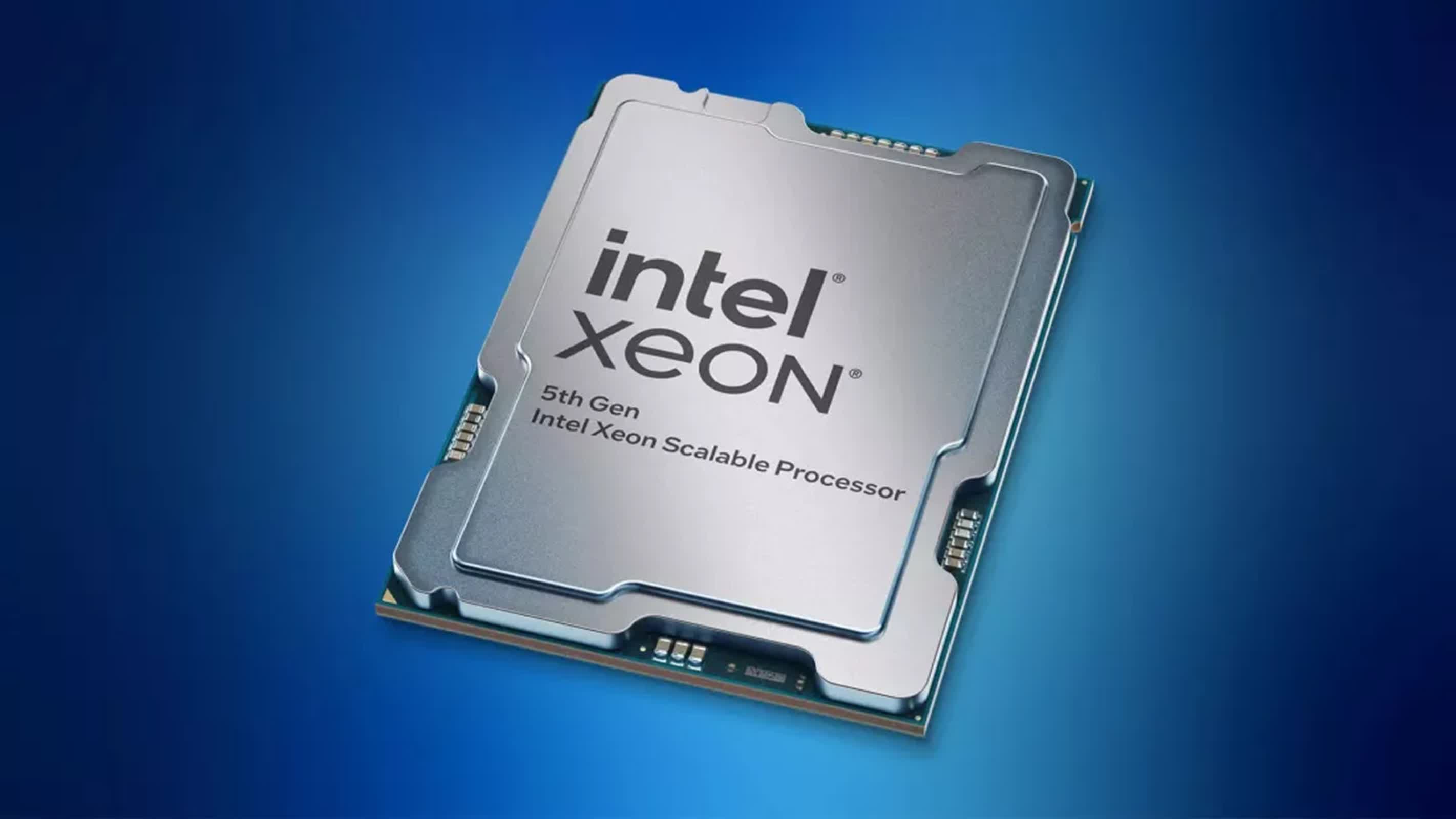What just happened? Intel has announced some pretty bold pricing for its Granite Rapids family of server processors after years of trailing AMD in core count and multi-thread performance. Team Blue is determined to reclaim its leadership in this segment of the market, especially as data centers continue to demand more powerful and efficient processors. The pricing is a shot across the bow from Intel in a battle with AMD that will only intensify.

Intel is raising eyebrows in the server processor market with pricing for its latest flagship Xeon 6980P CPU, part of Intel's new Granite Rapids family. Listed at $17,800, it is the most expensive modern CPU in history. In fact, Intel's pricing for the Granite Rapids lineup is notably higher than previous generations – and, as Tom's Hardware notes, is higher than AMD's EPYC Genoa 9654 offering with 96 cores, which costs $11,805.
The 120-core Xeon 6979P costs $15,750, or $131 per core. The 96-core Xeon 6972P is priced at $14,600, which is $2,795 more than AMD's 96-core EPYC 9654, despite having the same core count. Even Intel's 72-core Xeon 6960P, at $13,750, is more expensive than AMD's 96-core chip. The only Intel processor that undercuts AMD's pricing is the 96-core Xeon 6952P, which has lower base clock speeds.
Intel's pricing history, though, reflected the realities of the market. For several years, Team Blue struggled to compete with AMD in terms of the number of cores and multi-threaded performance. As a result, Intel kept its processor prices relatively low during this period. AMD, on the other hand, was focused on increasing its market share against Intel. While AMD's EPYC processors were priced at a premium, they were not excessively expensive compared to Intel's offerings.
However, the Xeon 6980P marks a significant leap in Intel's product lineup and sets a new benchmark for high-end server processors, boasting 128 high-performance cores and 256 threads. This core count surpasses AMD's top-tier EPYC Genoa 9654, which offers 96 cores at a comparatively modest $11,805.
The premium pricing suggests Intel is highly confident in the overall value proposition of its new processors, considering factors like compute density and operational efficiency in data centers. The Xeon 6980P offers a lower cost per core at $139, compared to $181 per core for the previous generation.
The launch of these high-priced CPUs coincides with AMD's release of its Zen 5 EPYC Turin server chips, which is expected this week. AMD's pricing has not been released yet, so it remains to be seen how competitive Intel's offering really is.
Intel unveils record-breaking $17,800 price for 128-core Xeon 6980P processor

